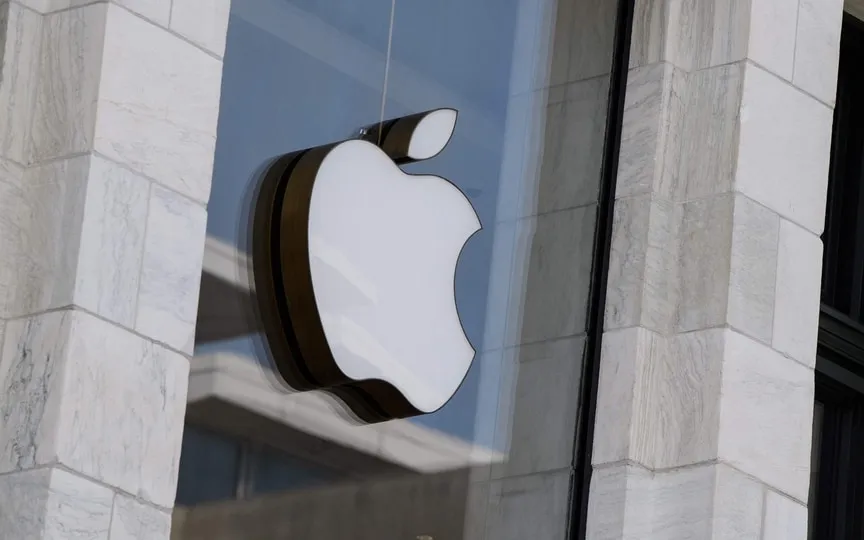Navigating Cybersecurity Challenges in an Ever-Changing Environment: Keeping Up with Developing Technology
The rise of technology has become widespread in a world that is becoming more digitalized, leading to significant changes in our everyday lives. One remarkable advancement in recent years is the emergence of Artificial Intelligence (AI), which has opened up a realm of new opportunities and transformations. AI has made its way into numerous sectors, enabling automation, improved decision-making, and enhanced efficiency. Nevertheless, as society embraces digitalization and AI, it also faces the negative consequences of this technological revolution, particularly the increased risks of cybercrime.
Especially in the aftermath of the COVID-19 pandemic, the tourism industry has grown enormously and attracted. As people regain their confidence in travel and an unprecedented resurgence in outbound travel around the world has increased exposure to cybercriminals. The travel and tourism industry has become a target of cyber attacks in recent years and has suffered from various threats such as data breaches, ransomware attacks and phishing.
The economic consequences of cybercrime are enormous. According to industry forecasts, the cost of cyber attacks will increase by a remarkable 15% each year and reach a whopping $10.5 trillion by 2025. This highlights the critical need for organizations to commit significant resources to strengthening their cybersecurity efforts. Recognizing the importance of this need, a staggering 85 percent of SMBs have announced plans to increase IT security investments by the end of 2023. This explains why investing in comprehensive cybersecurity efforts is not only necessary, but a strategic imperative for long-term success.
To respond to the evolving threat landscape, organizations must embrace the power of evolving technologies and use it to their advantage. Here are some technological advances that can help you fight cybercrime:
Artificial Intelligence (AI) and Machine Learning (ML)
Artificial intelligence and ML are revolutionizing the field of cyber security by providing advanced capabilities to detect, analyze and respond to cyber threats in real time. These techniques allow systems to automatically learn from large amounts of data and identify patterns, anomalies, and potential risks that may be difficult for humans to detect. AI and ML algorithms can analyze network traffic, user behavior and system logs to identify malicious activity such as malware infections, unauthorized access attempts or abnormal data transfers. This proactive approach allows organizations to respond quickly and effectively, minimizing the impact of cyber attacks.
Blockchain
Blockchain technology, originally developed for cryptocurrencies such as Bitcoin, provides a decentralized and tamper-proof method of storing and verifying data. Its inherent properties such as transparency, immutability and consensus-based validation make it highly suitable for improving cyber security. In the context of cyber security, blockchain can be used to secure critical information, verify identities and create secure communication channels. By decentralizing data storage and ensuring that data cannot be easily altered, blockchain technology adds an extra layer of protection against unauthorized access, data tampering, and insider threats.
Zero Trust Architecture
Traditional network security models work on the assumption that when a user or device accesses the internal network, they can be trusted. However, as cyber threats have evolved, Zero Trust architecture has emerged. Zero Trust revolves around the concept of “never trust, always verify”. In this model, all users, devices and network traffic are treated as potentially untrusted and are constantly checked and authenticated before access to critical resources. Zero Trust uses a variety of security measures such as multi-factor authentication, strict access controls and continuous monitoring to ensure that only authorized parties have access to sensitive information and systems. By adopting Zero Trust principles, organizations can reduce the risk of internal and external attacks, limit lateral movement and protect their digital assets.
Staying ahead of cyber threats requires organizations to embrace emerging technologies as integral parts of their cybersecurity strategies. These technologies have helped many organizations in the industry stay secure while reducing security management costs. As companies grapple with the growing challenges of cyber security, companies at the forefront of technological innovation gain a competitive advantage by securing their operations, reputation, and above all, their valuable information.
(By Suraj Tiwari, Chief Information Security Officer, VFS Global)




